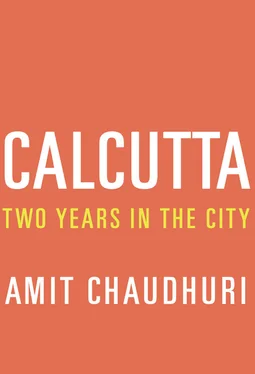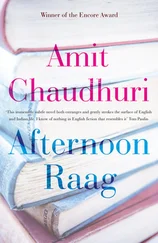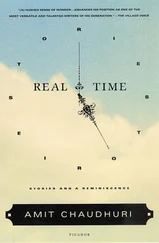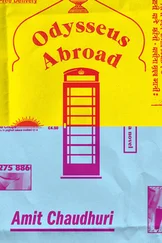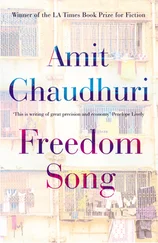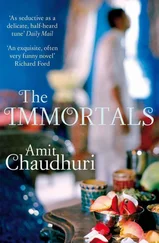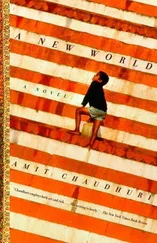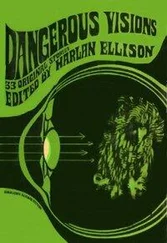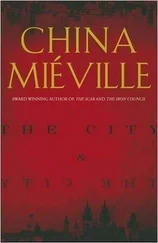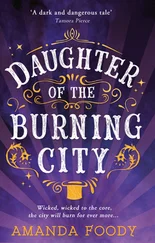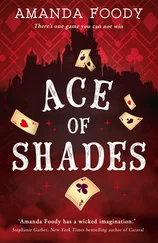Naxalbari is not far from Darjeeling in West Bengal; still obscure, it would be fair to say, despite its mythic elevation since 1967, as few people seem to know anything about the actual place. The “actual place” is yet another Indian village, with the characteristic vulnerability such villages have had, over several centuries, to the brutal mastery of the landlords and the state. In 1967, two radicalised communists, Charu Majumdar and Kanu Sanyal, of bhadralok origins (admittedly, bhadralok has all sorts of contradictory registers: “bourgeois,” “elite,” “educated but not necessarily propertied petit bourgeois”—indeed, the whole cultured ethos of liberal modernity), organised a peasant rebellion there; in doing so, planting the seeds, firmly, for a movement whose long-term aim was not a series of local rebellions, but total revolution. From Naxalbari, the forgotten village, sprang an adjective, “Naxalite,” for a movement espoused by the Communist Party of India (Marxist-Leninist), a radical Maoist breakaway faction of the more mainstream Communist Party of India (Marxist), which would be elected to power in West Bengal in 1977, and still rules it — precariously — as I begin writing this book. “Naxalite,” however, is more commonly a noun, describing an adherent of the movement; a noun that, until six or seven years ago, defined a type that had been consigned to Indian political history just as princely states and the British Raj were: a romantic, probably bookish, university student from the late sixties, ideologically transformed, or seduced (according to your vantage point), by Maoist rhetoric, or even coerced by circumstances into a movement that believed in nothing less than an apocalyptic reordering of the system. The type disappeared in the early seventies. After committing several of what Auden called “necessary murders” (of landlords, policemen, corrupt professionals), these proto-Bolsheviks were rounded up, imprisoned, and broken, or — more often — killed during the time of the arraigned Congress government. No modern middle class — this one was very much, in a sense, of the sixties — has responded to Marx in quite this way; and comparisons to early-twentieth-century Russia and mid-century China don’t hold, and not only because of the failure of the Naxal revolution. That generation — literally “lost”—has certain correspondences with the one apostrophised by Ginsberg in Howl a decade earlier—“I saw the best minds of my generation destroyed by madness,” et cetera — though, here too, despite the ritual invocation of “best minds” in both cases, there are differences: between madness and ideology, self-destructive ecstasy and utopian rage. Nevertheless, the cliché goes that a generation of the “best minds” in Calcutta more or less vanished in the early seventies, in the manner Charu Majumdar, one of their leaders, did: in captivity.
The Naxalite, as the Maoist, has made a comeback — for, in the midst of the supremacy of the free market and the march of industry, and with corporate power and political interests converging, and land being wrested from local people for “development,” there has been unrest in the countryside. Calcutta, today, is surrounded, from its outskirts onward, by unrest. But the word “Naxalite” has a slightly different resonance now from its earlier one: of the bhadralok radical, destined, in a sense, for failure. The Naxalite or Maoist today represents not so much a romantic transgression as a genuine, probably unbridgeable, rift. In 1967, the independent nation-state was still young and relatively untested; but the revived movement puts the great myth of Indian democracy, which — according to its apologists — has worked for sixty-five years in spite of itself, in doubt. It clearly doesn’t work for a very great number of people.
With the emergence and then the crushing of the Naxalites, Flurys went quiet in the early seventies — as did Christmas in Park Street. Until, say, 1969, Calcutta had the most effervescent and the loveliest Christmas in India — probably, I’d hazard, based on my experience later of Christmas in England, the loveliest in the world. Warm, convivial, unfolding in smoky weather, it had the vivacity of a transplanted custom that had flowered spontaneously, but still retained the air of an outing, of an encounter with the strange. Its beauty and atmosphere derived not only from the Anglo-Indians, or the last of the English living and working in Calcutta, but also from a certain kind of Bengali who had embraced the festival. I was reminded of this Bengali type when walking through the Jewish Museum in late 2005 in Berlin, a striking building in an area called Hallesches Tör. Our straggly bunch had followed the guide irresistibly until we came, on the first floor, to a rather sparse reconstruction of an educated Jewish household from the twenties with a piano at the centre. On a sort of noticeboard was a newspaper cutting from the time, with a satirical cartoon recording the stages through which a Hanukkah transmogrified into a Christmas tree — clearly meant to poke fun at the new secular Jew. Although I’d been silent so far, I couldn’t help interjecting at this point (the guide encouraged dialogue): “This was happening in other parts of the world as well — it was happening in Bengal.” Two or three people in my group nodded, as if they knew exactly what I meant; and, perhaps, for a moment, they had an intimation that the story of change that had taken place in Europe had also occurred further afield.
There were certain tables in Flurys at which you could reliably expect to see an Anglo-Indian customer, and tables at which large, imposing Chinese boys would be seated late in the morning, when business was slow. They’d get off their motorcycles on Park Street and walk straight in. There was a clear division to Flurys then; on the left-hand side of the main door was the vaguely horseshoelike space in which people ate; on the right, the confectionary, where people crowded to buy, in a constant obstreperous stream, bread, cakes, muffins, sausage rolls. On this side of the division were two large rectangular tables for customers, and I’d see the young Chinese men in possession of one of them whenever I went to Flurys in the morning. Near an aquarium at the other end — frugally populated with unremarkable fish — I also remember spotting many times an Anglo-Indian regular, who, with his light eyes, looked something like the Mussoorie writer Ruskin Bond. This was after the other Anglo-Indian families who ate there—“Dings,” as they came to be known superciliously among the children of the Calcutta rich — had disappeared without our quite noticing their disappearance. The story was that the Anglo-Indians left for better jobs and better lives in Australia; also that, being neither one thing nor the other (neither Indian nor European), they felt underconfident in independent India. There was also the old allegation, that they were sympathisers in secret of our erstwhile rulers. However, the Ruskin Bond lookalike persisted at his table by the aquarium. Those large boys also vanished from their table; some of the Chinese had anyway started gradually departing India after the 1962 war (it clearly wasn’t pleasant being of the victor’s kin in a country that had lost a battle), and some left presumably as Calcutta’s fortunes declined. This is to say that being inside Flurys doesn’t cocoon you from history — instead, it eddies around you, as the waiters with their trays and teapots do. History in here is circular and repetitive and, in a way, enervating, as it is in the restaurants in Buñuel’s films, with their pointless conversations and white-liveried waiters constantly hovering; which is to also say that, although one might not see the Chinese boys sitting casually at their tables, they continue to occupy the corner of one’s eye.
Читать дальше
